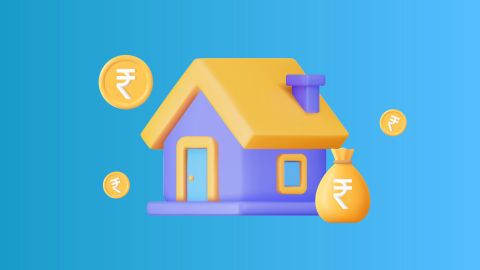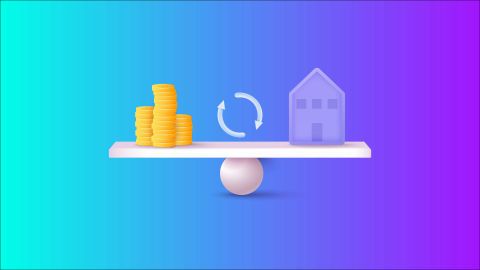Earning a salary of Rs. 15 lakh brings with it not just financial stability but also an increased responsibility towards tax planning. Understanding the nuances of income tax and exploring strategic avenues for savings is essential to ensure optimal financial health. Read on to understand the intricacies of income tax on a salary of Rs. 15 lakh and explore effective strategies for minimising tax liabilities.
Understanding income tax slabs
As per the current income tax structure in India, individuals fall under different tax slabs based on their annual income. For the financial year 2023-24, the slabs for individuals below 60 years are as follows:
- Up to Rs. 2.5 lakh: Nil
- Rs. 2,50,001 to Rs. 5,00,000: 5%
- Rs. 5,00,001 to Rs. 10,00,000: 20%
- Above Rs. 10,00,000: 30%
For a salary of Rs. 15 lakh, an individual would fall into the 30% tax slab. Let us explore strategies to optimise tax planning within this bracket.
Strategies for tax planning on a Rs. 15 lakh salary
- Utilise Section 80C deductions:
Invest in tax-saving instruments such as EPF, PPF, NSC, and ELSS to claim deductions up to Rs. 1.5 lakh under Section 80C. - Maximise home loan benefits:
If you have a home loan, ensure you claim deductions on both principal and interest payments under Sections 80C and 24(b) respectively. - National Pension Scheme (NPS):
Contribute to NPS to avail additional deductions under Section 80CCD(1B) up to Rs. 50,000. - Health insurance premiums:
Invest in a comprehensive health insurance policy for yourself and your family to claim deductions under Section 80D. - Optimise professional tax and standard deduction:
Deduct the professional tax paid and claim the standard deduction of Rs. 50,000 available for salaried individuals. - Utilise HRA and LTA:
If you are a tenant, claim House Rent Allowance (HRA) based on rent paid. Additionally, utilise Leave Travel Allowance (LTA) for tax-free travel expenses. - Explore tax-exempt allowances:
Leverage allowances like conveyance, telephone, and medical reimbursements within the exempt limits to maximise tax savings. - Invest in tax-saving fixed deposits:
Consider tax-saving fixed deposits with a lock-in period of five years, offering deductions under Section 80C. - Diversify investments:
Diversify investments across different asset classes to optimise returns and minimise the overall tax impact. - Gifts and inheritances:
Be aware of the tax implications of gifts and inheritances, ensuring compliance with applicable tax rules.
Deductions and exemptions under new tax regime
India's new tax regime, introduced in the Union Budget 2020, offers lower tax rates but eliminates some deductions and exemptions. This article explores key features, deductions, and exemptions under the new tax structure and provides insights for optimising financial planning.
Key features of the new tax regime
- Lower Tax Rates: The new structure includes reduced tax rates ranging from 5% to 30%.
- Opt-out Option: Taxpayers can choose between the old and new tax regimes based on their preferences.
Deductions and exemptions under the new tax regime
- Standard deduction: The Rs. 50,000 standard deduction is not applicable in the new regime.
- House Rent Allowance (HRA): HRA exemptions are not available in the new structure.
- Deductions under Section 80C: Common deductions under Section 80C are not applicable in the new regime.
- Leave Travel Allowance (LTA): LTA exemptions are not available under the new structure.
- Professional tax and other allowances: Deductions related to professional tax and allowances are not applicable in the new regime.
- Interest on home loan (Section 24(b)): Interest on home loans (Section 24(b)) is not applicable in the new structure.
Optimising financial planning under the new tax regime
- Evaluate deduction impact: Assess the impact of foregone deductions on overall tax liability.
- Consider individual circumstances: Evaluate personal circumstances to determine the most beneficial tax regime.
- Tax planning through investments: Explore alternative tax-saving investments such as NPS and Atal Pension Yojana.
- Consult with financial advisers: Seek advice from professionals to understand the implications and make informed decisions.
The new tax regime offers lower rates but eliminates certain deductions. Taxpayers should carefully assess their financial goals, consider alternative tax-saving avenues, and seek professional advice for informed decision-making.




